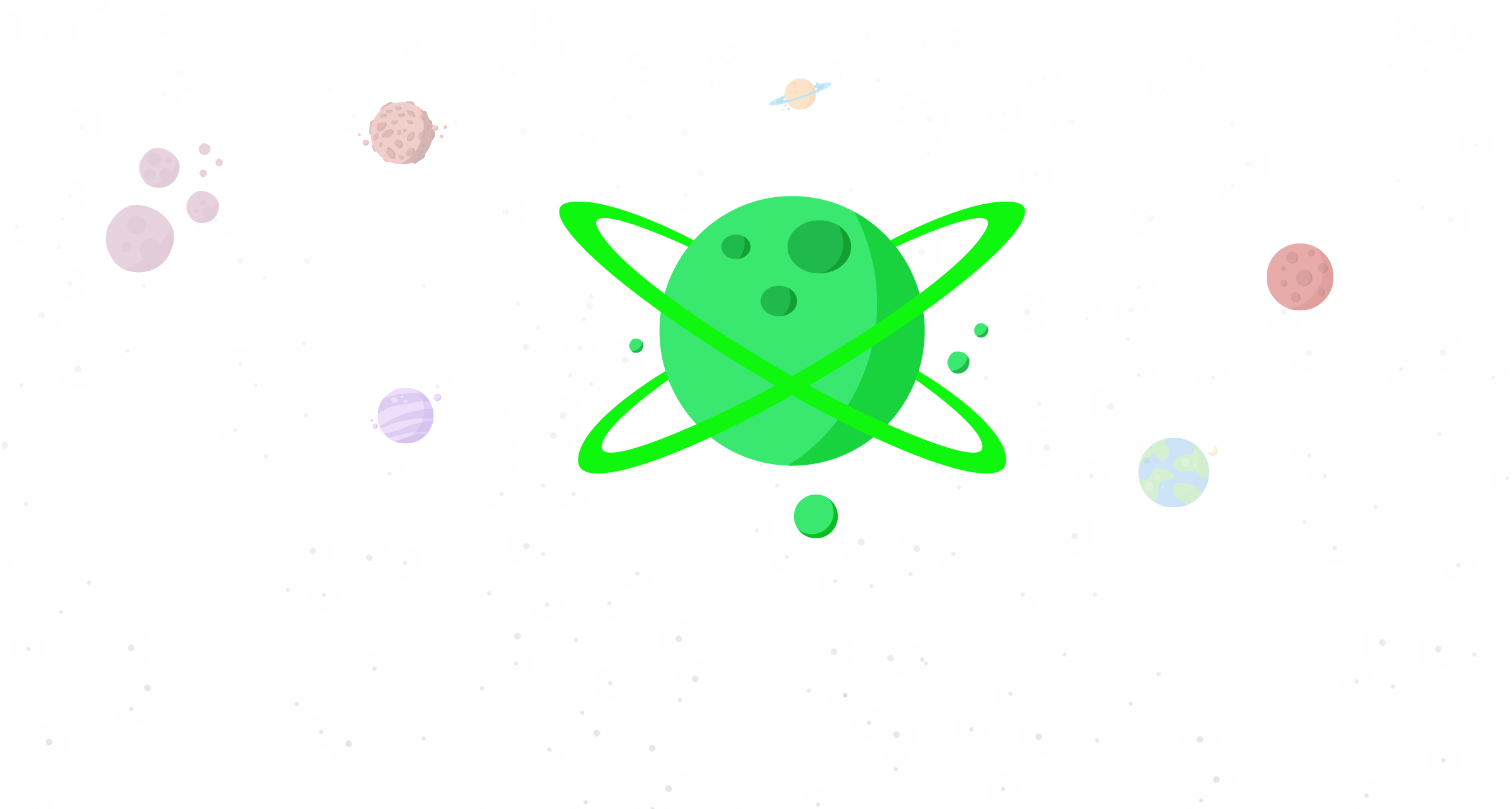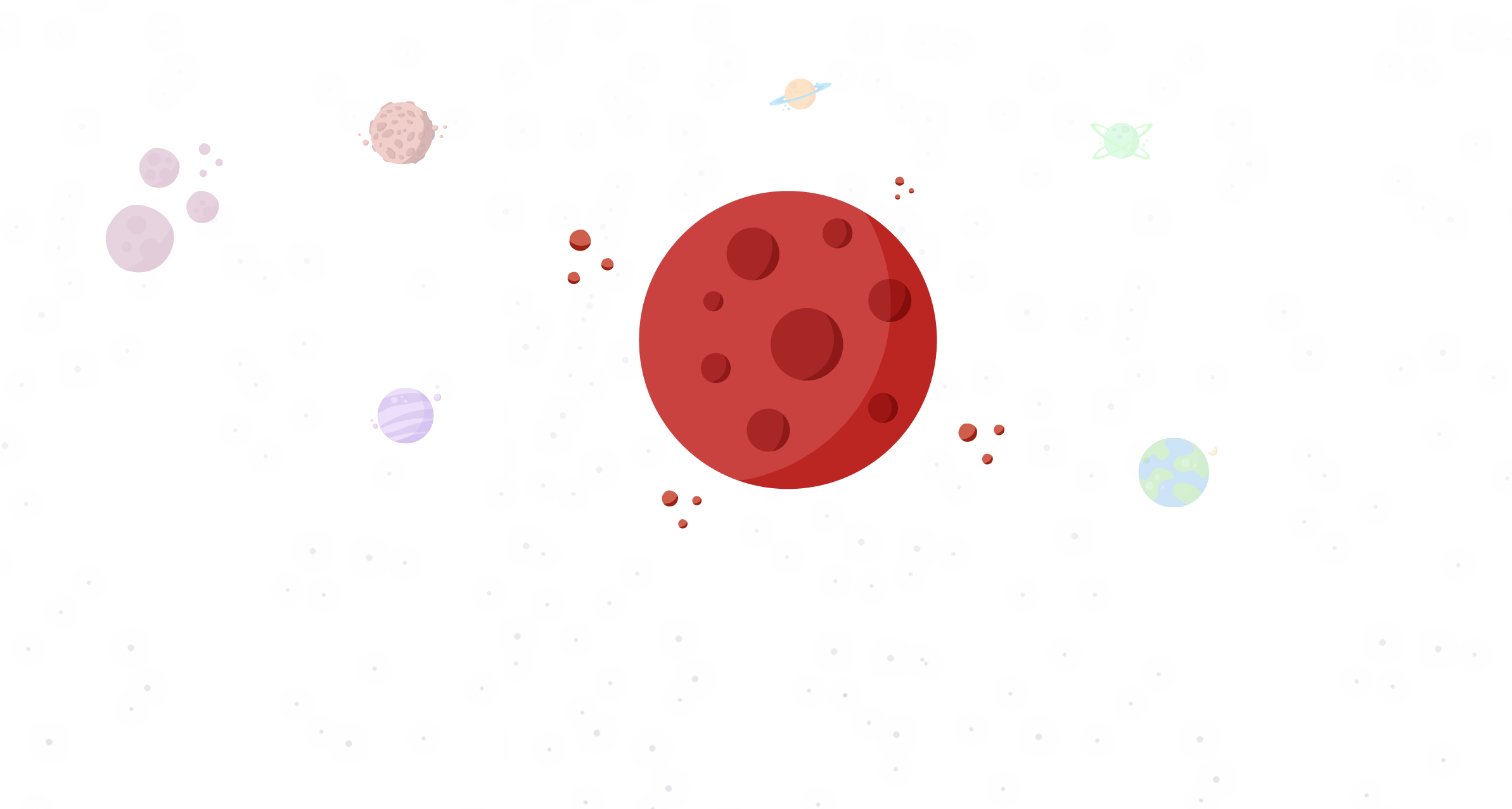User experience
The world around the translation and localization industry is becoming ever more complex. If you look at a CAT tool you would have been using, say, 15 to 20 years ago, you would be surprised. You were using things like translation memories that would, in luckier cases, fashion a term base, maybe an aligner and… and it is kind of it, really. Simply put: tools were to-the-point matters. They took care of a few things we badly needed for our daily work.
This day and age, however, is much more complex. Complexity comes to our trade due to a host of reasons: the abundance of sources work can find us from, requirements for speed, coherence and formatting, security considerations and collaboration, the need to connect to external systems, the respect for the sacred harmony of context, handling controlling and monitoring progress, and so on and on – so many aspects that would take pages to fill.
Complexity stems in requirement, and requirement is shaped by reality that surrounds us.
Truly comprehensive power tools therefore have grown to integrate an immense number of answers to these requirements. These demands have been shaping the interfaces of the tools and today there is no power user who could claim to know every aspect of a translation environment off the top of their head. Has the time for a proper rethink of user experience arrived?
Minimalism in product design

Lead Product Designer at memoQ
Comprehensiveness is a major asset, but it also means complexity, which is a major challenge in software design. Csaba Gutléber, Lead Product Designer at memoQ, is of the opinion that 2018 will firmly address this issue.
In user interfaces, minimalism means removing unnecessary interface elements (noise) and defining strong visual language to let users focus on content. Also, minimalist design strategy makes it possible to prioritize relevant information and provide task-driven user interfaces with a more focused experience.
Possible outcomes are the following:
- Improve comprehension by making user interfaces more consistent, adding more whitespace and limiting the number of decorative items.
- Organize UI content more effectively to provide relevant information and features that are required to support the task at hand.
- Context-specific features hide the complexity of the product and results in a milder learning curve for users.
All in all, my prediction for 2018 is that CAT providers will invest in more logical interfaces and this effort will be driven along the notion of minimalistic interface design.
Smarter Personalization

Lead Product Designer at memoQ
People are different: user preferences can vary depending on a host of factors like role, business model, cultural background, and more. Csaba Gutléber’s opinion is that new methodologies will be introduced to support users in creating ideal environments.
Personalization plays a crucial part in delivering excellent user experience. It can fill the gap between human and computer by bringing an individually tailored experience and adapting applications to people, not the other way around. Just think about Facebook: News Feed shows relevant posts brought by Facebook’s controversial algorithm, Chat Sidebar shows your favorite and recent friends, the ads displayed are also based on your preferences (liked and followed Pages). Other big players, like Amazon or Netflix, use machine learning to show recommendations that fit your needs or taste.
Role-based personalization can result in pre-defined UI layouts aligned to the needs and tasks of given user groups. On the individual level, experience can be changed based on users themselves by utilizing collected customer data. Understanding user behavior helps us invest in time-saving design by delivering relevant content and information and reprioritizing functionalities.
2018 will see more efforts from producers to create ideal environments for individual users; therefore, personalization will increasingly be in the spotlight in the year to come.
The end of the feature race?

Account Executive at memoQ
Łukasz Rejter, Account Executive for enterprises in the EMEA region, thinks the feature race between tool producers will have to stop for the sake of the user.
Translation and localization has developed to be an industry that heavily relies on a wide range of services to produce ideal output for customers: just think about pre- and postprocessing or even the surrounding business intelligence required just to mention a few.
It is no surprise therefore that the increasing comprehensiveness of working environments mean that users can easily find themselves overwhelmed with complexity. The fact is that nowadays even hard liner, technology-minded power users will not be able to keep up with all the services and features of more advanced tools.
This is the reason why the developers of truly comprehensive, high-end power solutions will soon turn to another trend: instead of populating already busy user interfaces with more interface objects, they will start finding ways to work around the problem of complexity. They will be developing solutions to reduce complexity while retaining the added value. New features will operate in a way that they will be “hidden” – the features will impact results but without the addition of further objects, and/or without making the user learn or operate something new.
My take therefore is that the race to add more and more features to the tools, thus increasing complexity, will stop. This prevents users from staying up to date, and makes it too difficult for non-tech-savvy users to get started. We have now reached a point in many tools when the difficulties represented by adding a new button or a graphical operator may outweigh the benefit it delivers to the user. This is the reason I think 2018 will see an emerging trend for the reduction of complexity and an end to the traditional feature race among developers.


